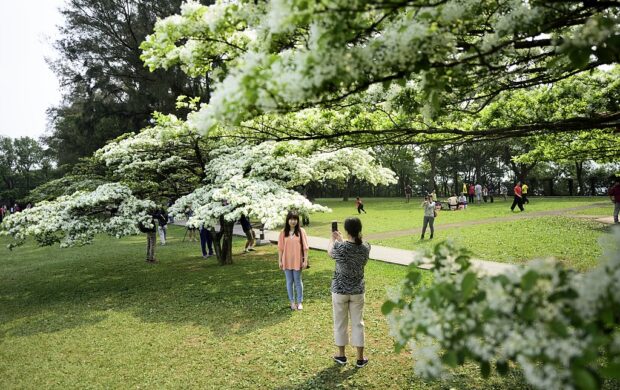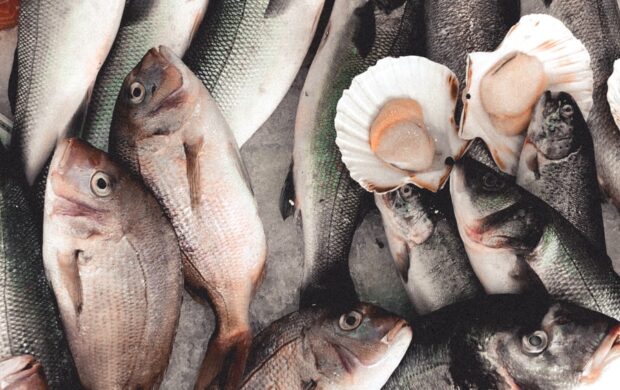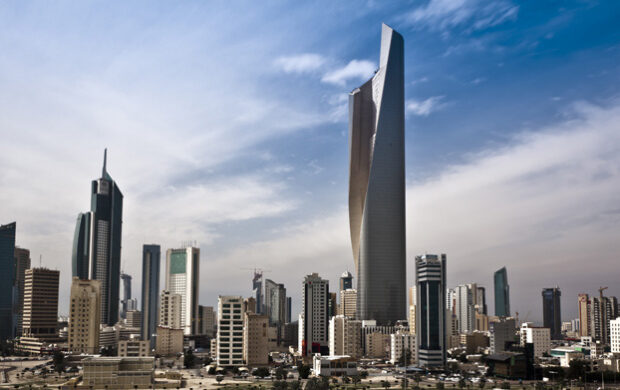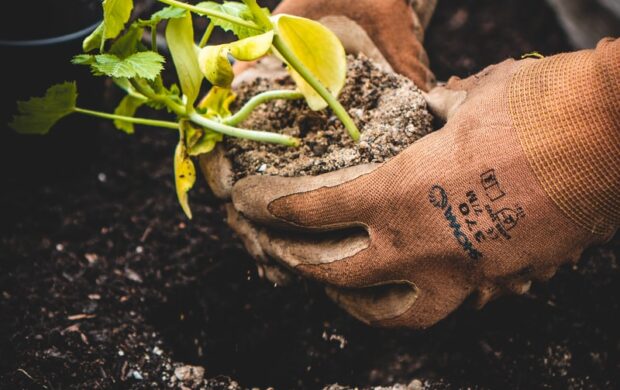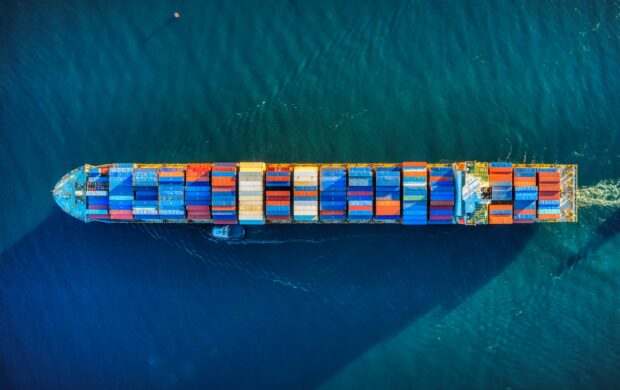Concerns over water scarcity and access to water have led to several innovations designed to ‘harvest’ water from moisture in the air. These are currently particularly targeted towards agriculture and safe drinking water.

Italian architect Arturo Vittori has created large sculptures with exoskeletons of juncus or bamboo supporting fine nets of nylon and polypropylene fibres called WarkaWater Towers. Drops of water form on the nets when the cold air condenses and then drip down to be collected in a bowl at the base of the construction. Uncomplicated and easy to assemble, they can be maintained by the local users, who can teach other communities in their vicinity how to construct and maintain one. They are biodegradable, sustainable and do not require a well to be drilled. However, they do require wind to create a strong airflow, which means that the net needs to be raised from the ground.
Researchers at the Eindhoven University of Technology have collaborated with those at the Hong Kong Polytechnic University to design a cotton material that, when given a coating of the polymer PNIPPAm, can absorb up to 340% of its own weight of water, in comparison to 18% without the coating. Below 34°C the water is absorbed and above this temperature, the water is released in a completely pure form. Cotton can be locally and cheaply produced, which would make it a viable option for ‘harvesting’ mist or fog in desert or mountainous regions. This fabric doesn’t require a strong air flow and can be installed directly over cultivated soil, to collect the water from the air and deliver it directly to the crop.
Image credit: Arturo Vittori
